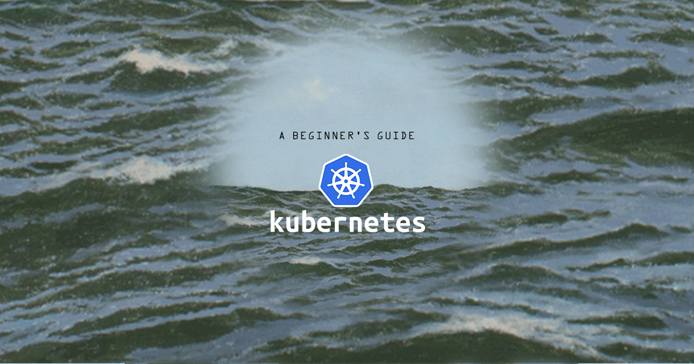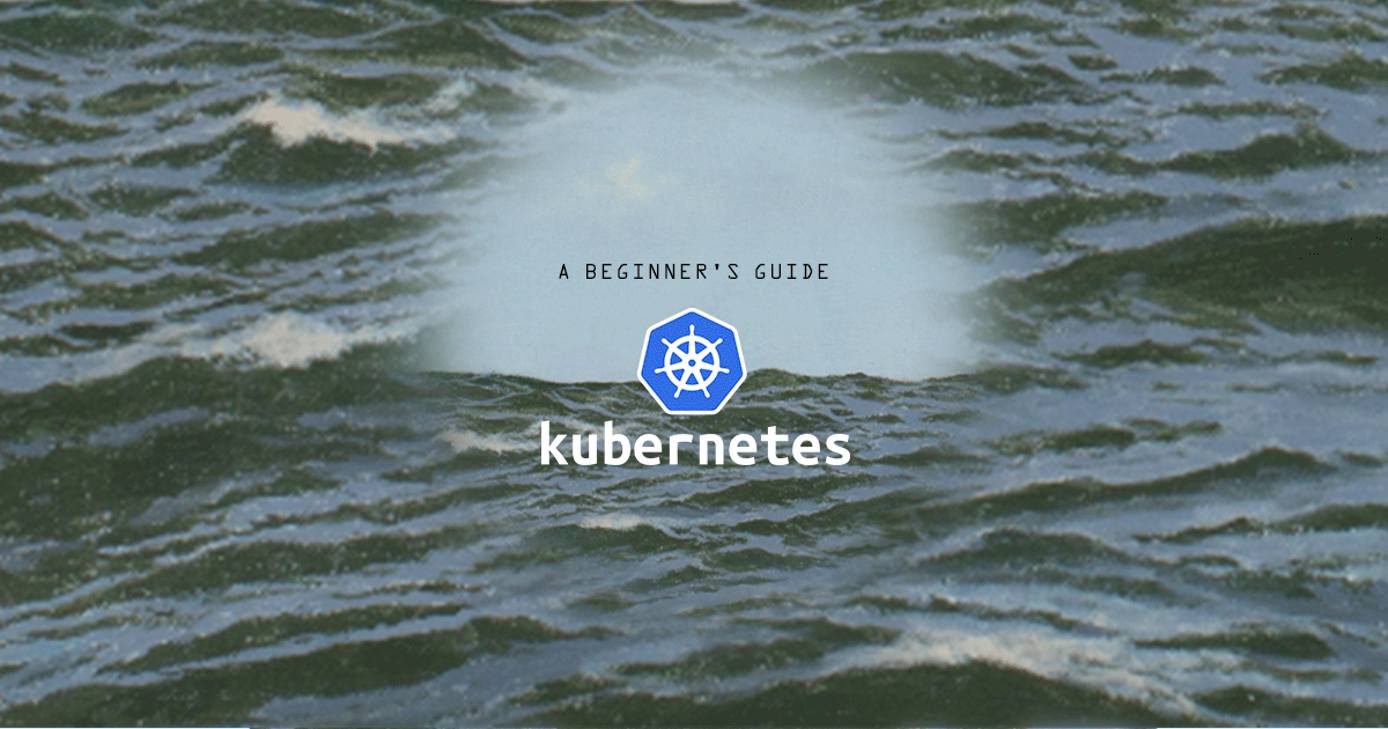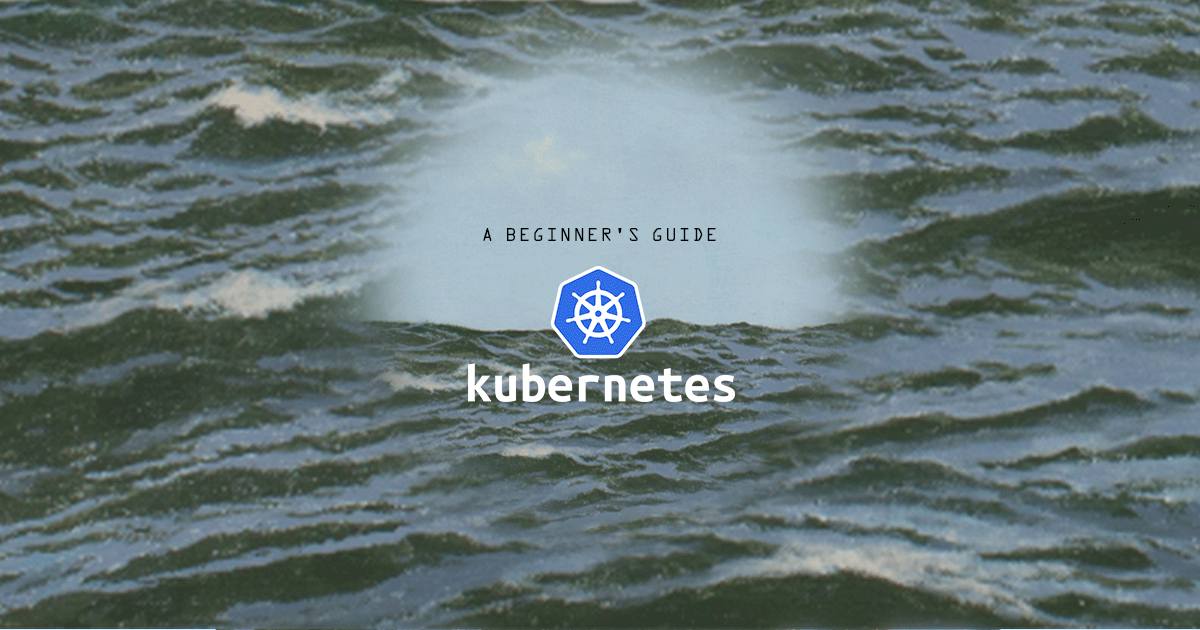A Beginner's Guide to Kubernetes (Part 2): Master, Nodes, and the Control Plane
Traducciones al EspañolEstamos traduciendo nuestros guías y tutoriales al Español. Es posible que usted esté viendo una traducción generada automáticamente. Estamos trabajando con traductores profesionales para verificar las traducciones de nuestro sitio web. Este proyecto es un trabajo en curso.


NoteThis is the second guide in the Beginner’s Guide to Kubernetes series that explains the major parts and concepts of Kubernetes.
At the highest level of Kubernetes, there exist two kinds of servers, a Master and a Node. These servers can be Linodes, VMs, or physical servers. Together, these servers form a cluster and are controlled by the services that make up the Control Plane.
In this guide you will learn about the Master server, cluster nodes, and the Kubernetes Control Plane.
Kubernetes Master
The Kubernetes Master is normally a separate server responsible for maintaining the desired state of the cluster. It does this by telling the Nodes how many instances of your application it should run and where.
Nodes
Kubernetes Nodes are worker servers that run your application(s). The number of Nodes is determined by the user, and they are created by the user. In addition to running your application, each Node runs two processes:
- kubelet receives descriptions of the desired state of a Pod from the API server, and ensures the Pod is healthy, and running on the Node.
- kube-proxy is a networking proxy that proxies the UDP, TCP, and SCTP networking of each Node, and provides load balancing. This is only used to connect to Services.
The Control Plane
Together, kube-apiserver, kube-controller-manager, kube-scheduler, and etcd form what is known as the control plane. The control plane is responsible for making decisions about the cluster, and pushing it toward the desired state. kube-apiserver, kube-controller-manager, and kube-scheduler are processes and etcd is a database; all four are run by the Kubernetes Master.
- kube-apiserver is the front end for the Kubernetes API server.
- kube-controller-manager is a daemon that manages the Kubernetes control loop. For more on Controllers, see the Beginner’s Guide to Kubernetes: Controllers.
- kube-scheduler is a function that looks for newly created Pods that have no Nodes, and assigns them a Node based on a host of requirements. For more information on kube-scheduler, consult the Kubernetes kube-scheduler documentation.
- Etcd is a highly available key-value store that provides the backend database for Kubernetes. It stores and replicates the entirety of the Kubernetes cluster state. It’s written in Go and uses the Raft protocol which means it maintains identical logs of state changing commands across nodes and coordinates the order in which these state changes occur.
Next Steps
To continue in the Beginner’s Guide to Kubernetes series, visit part 3:
More Information
You may wish to consult the following resources for additional information on this topic. While these are provided in the hope that they will be useful, please note that we cannot vouch for the accuracy or timeliness of externally hosted materials.
This page was originally published on

